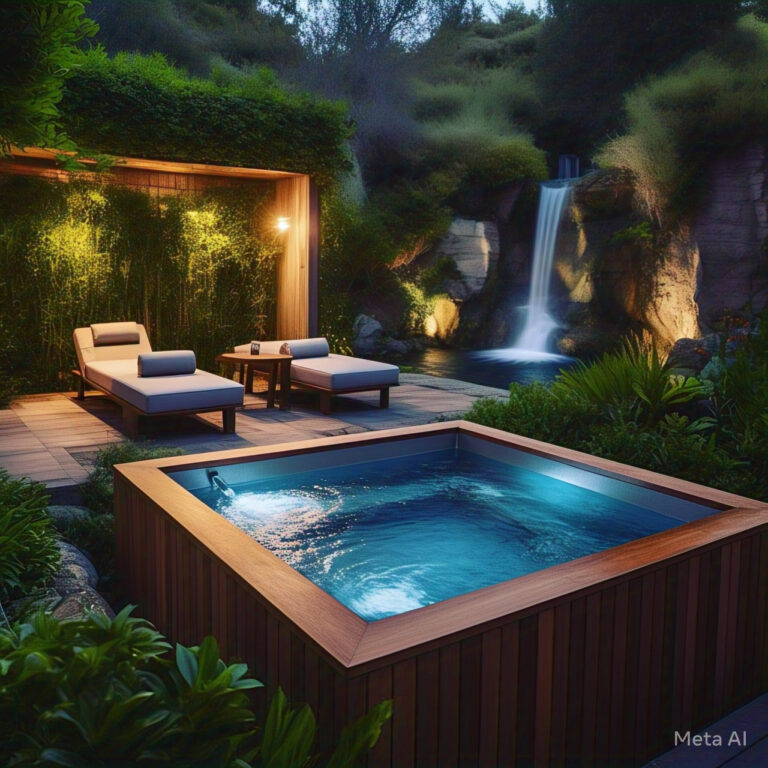If you’ve made the decision to undergo a facial peel, particularly with PRX-T33 or in conjunction with dermal fillers, it’s important to understand the essential steps for post-peel skincare. This article will provide you with the necessary information to ensure optimal results and proper care for your skin.
Why is Skincare Important after Facial Peeling?
Facial peeling is a powerful procedure known for its ability to rejuvenate and enhance skin quality. It offers numerous benefits, such as evening out skin tone and texture, brightening pigmentation, reducing acne spots, smoothing emerging wrinkles, and overall improving the appearance of the skin. However, to fully experience these positive outcomes, it is crucial to follow specific guidelines for post-peel care.
The Rules of the Game
Firstly, it’s essential to remember that any aggressive treatment on the skin, including peeling, necessitates a recovery program. Secondly, after the peel, the skin becomes vulnerable to infections and highly sensitive due to the damage caused to its top layer. Therefore, it requires special protection. Thirdly, following peeling, skin cells begin to work more intensively, facilitating accelerated renewal. Your task is to support them in this process by using appropriate skincare products.
Normal Reactions to Facial Peeling
If you are an avid social media user, you may have come across discussions about how peeling affects the skin, ranging from horror stories to glowing testimonials about the transformative effects of various acids. The truth is, the outcome of the peel largely depends on post-peeling care.
Before undergoing the procedure, it is advisable to assess how your skin reacts to chemical agents. Immediately after the peel, the following reactions are considered normal:
- Slight tingling and burning sensations during the peeling process.
- Noticeable redness on the skin after the procedure.
- Peeling of the skin starting a day later.
However, if you experience any of the following symptoms, it is important to seek medical attention:
- Sores or inflamed areas on the skin.
- Increased temperature.
- Itching and discomfort.
- Persistent redness on the third day after the procedure.
- Formation of weeping areas and constant itching at the peeling site.
Post-Peeling Skincare Stages
Despite the satisfactory results, some individuals may hesitate to repeat the procedure due to the discomfort experienced during the session and the perceived complexity of post-peel skincare. While the discomfort varies from person to person, it is worth noting that it is subjective and may not be the same for everyone.
As for the care required after facial peeling, it may appear complicated at first glance but is relatively straightforward. It primarily involves three essential steps:
- Gentle Cleansing: Use a mild cleansing mousse or foam (avoid scrubs) to cleanse your skin gently.
- Intensive Hydration: Focus on deep hydration to support the skin’s recovery process. This includes toning and moisturizing the skin with appropriate products.
- Powerful UV Protection: Shield your skin from harmful UV rays by applying a high SPF (at least 50) sunscreen during the day. In the evening, prioritize nourishing and hydrating the skin.
Post-Peeling Skincare Recommendations Based on Peeling Depth
For Superficial Peeling:
It is advisable to schedule the peeling procedure in the evening. This allows you to apply your regular night cream, preferably in a thicker layer than usual, to provide maximum support to the skin cells. Nighttime is also an ideal period for skin restoration. The skincare routine includes:
- Gentle cleansing with a mousse or foam cleanser (avoid using scrubs).
- Toning the skin.
- Moisturizing the skin.
- Applying a powerful SPF for daytime protection and nourishment and hydration in the evening.
For Medium Peeling:
Recovery time after a medium-depth peel is slightly longer compared to superficial peeling due to the deeper impact of acids on the skin. The healing process typically lasts around 5-8 days, with active peeling potentially starting on the third day. It is crucial not to forcibly remove any crusts; instead, let them come off naturally. The skincare routine is similar to that of superficial peeling:
- Gentle cleansing without using scrubs.
- Toning the skin.
- Moisturizing the skin.
- Applying UV protection during the day and nourishing or hydrating products in the evening.
General Recommendations for Any Type of Facial Peeling:
- Minimize physical activity to aid the recovery process.
- Avoid consuming alcohol, spicy foods, and excessive salt.
- Refrain from taking hot baths or visiting saunas.
- Steer clear of direct sunlight and ensure proper sun protection.
By following these post-peel skincare guidelines, you can optimize the results of your facial peel and maintain the health and appearance of your skin. Remember, consistent and proper care is key to achieving and sustaining the desired outcome.






